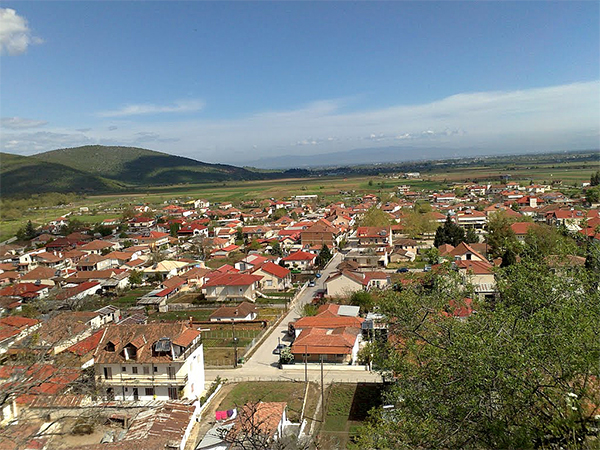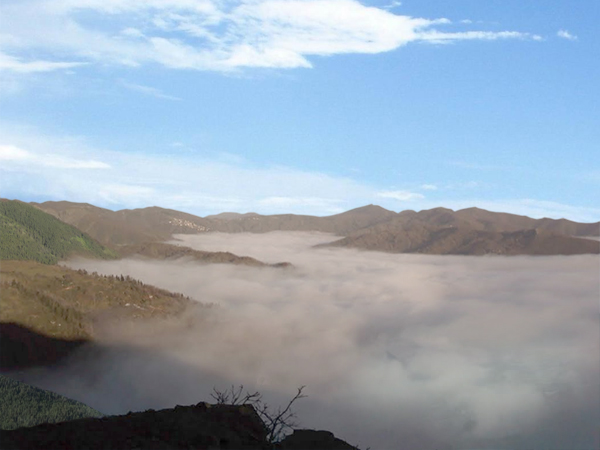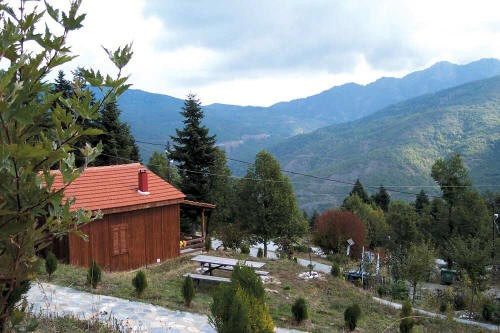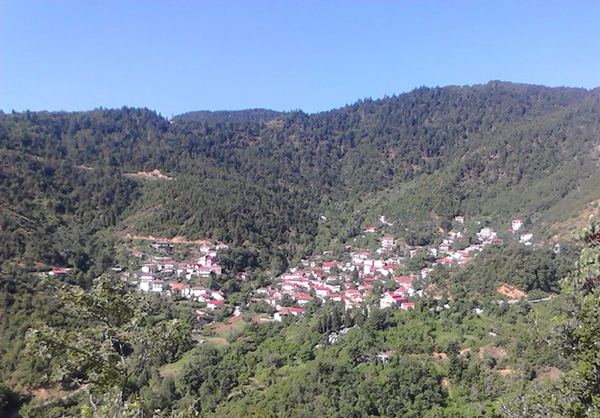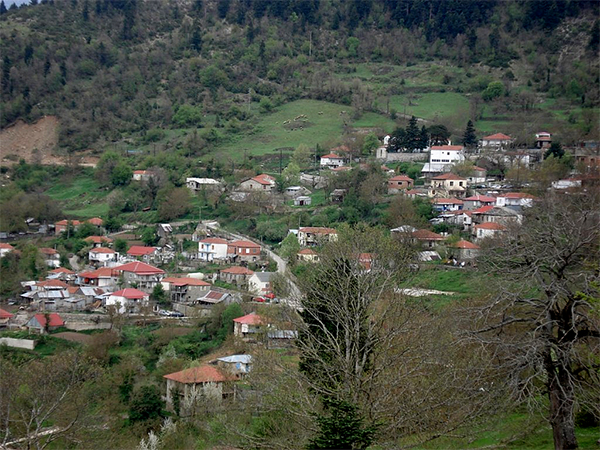| The municipality of Itamos (according to the Kallikrates plan 2011, belongs to Karditsa municipality) covers the south part of the prefecture of Karditsa. It is a mountainous / semi-mountainous municipality created from the union of the following eight communities and settlements: Amarantos (also Koutsouro settlement), Ampeliko, Kallithero, Karoplesi, (Agia Agathi, Anthero, Giannouseika settlements), Katafygi, Neraida (Mega Lakos, Sarantaporos settlements), Rahoula (Paleozoglopi, Itamos, Zogri settlements). According to the 2001 census, the total population comes up to 4.726 people. It is the municipality with the biggest forest area in the prefecture. It has the privilege of being near the Plastiras Lake. The natural environment is beautiful and virgin, crossed by the Tavropos tributaries, adorned by beautiful gorges and high mountain tops. The innumerous streams and valleys near the rivers contribute to the development of rich flora and the creation of a big variety of ecosystems. Hundreds of plant and animal species find shelter in the quiet "nest" of this Agrafiote corner. The road connections of the municipality with regions of the prefecture of Evritania (Agrafa, Kleisto, Mavromata), with the exquisitely beautiful routes, the extensive forest and prefectural road network crossing the municipality and connecting the boroughs and the tourist attractions are additional benefits. Nature lovers can enjoy the majestic Agrafa landscape and visit Plastiras Lake; they can enjoy the beauty of the natural ecological park with the abundance of water in the rivers and the gorges in the south part of the municipality and head for Karpenisi and Agrinio. Moreover, the municipality of Itamos has the privilege of being "hosted" in an area with an age-long history and be proud of the rich archaeological findings in the lowland districts and the important religious and cultural monuments dispersed everywhere within its borders. |
| At the municipality's villages |
